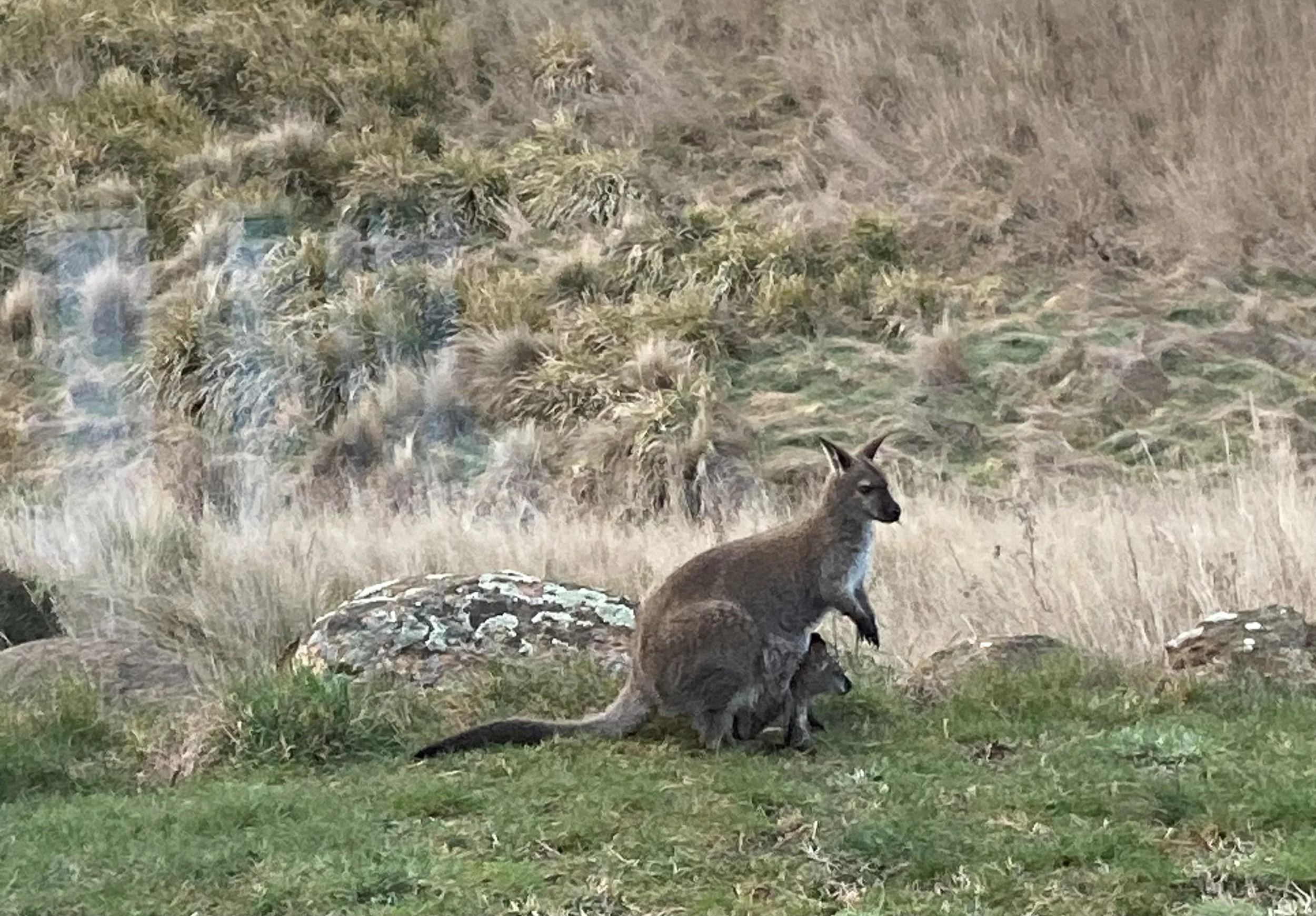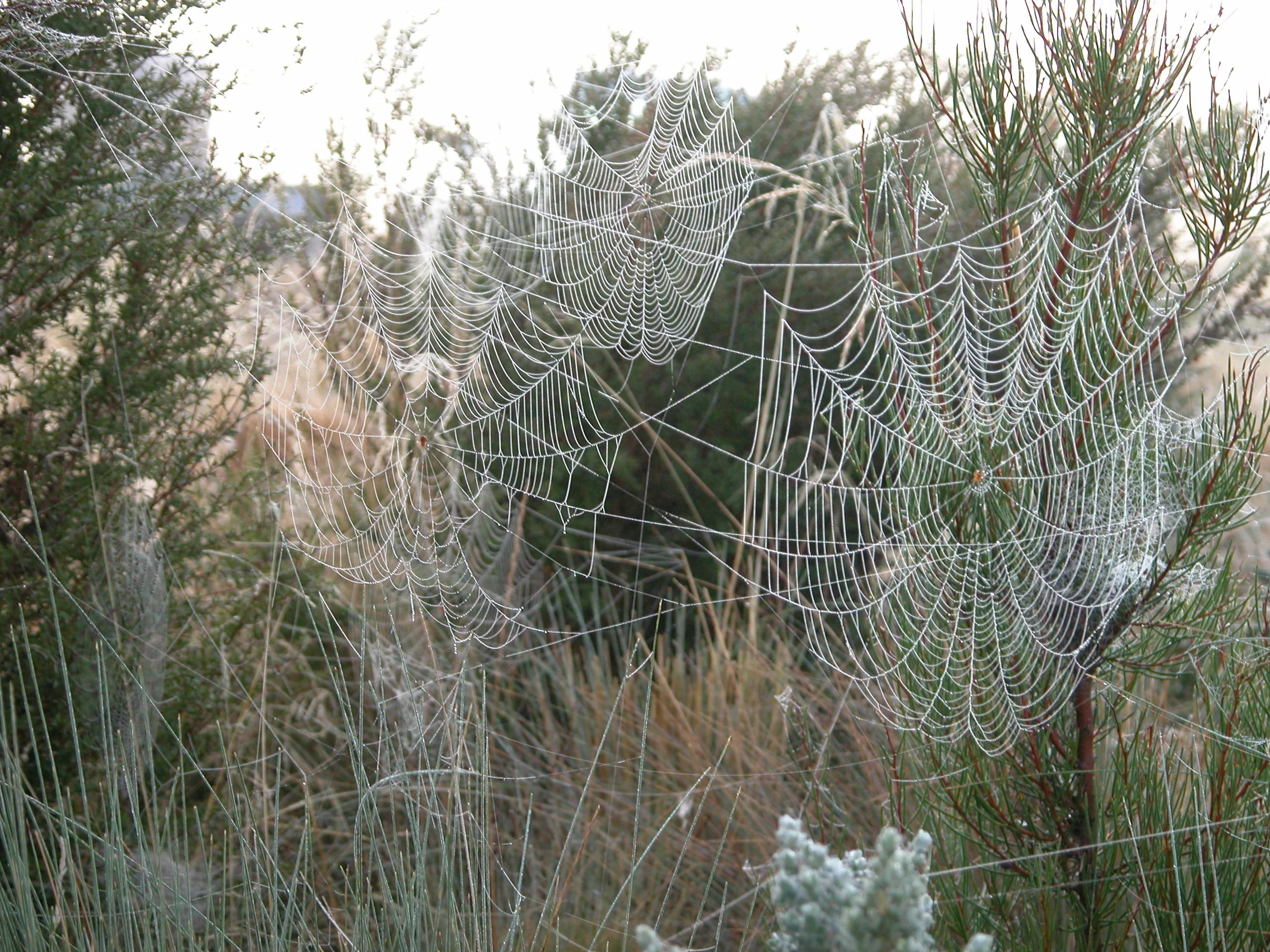We tend to think of fire as a predominantly destructive force—mesmerising and often beautiful to watch, but ultimately a threat to our livelihoods, property and even our lives. On my own farm, I have been deeply wary of using fire deliberately because of fear of it getting out of control. I used it to burn off gorse (before I learned the error of my ways) and even with professionals to help with control, found it a nerve-wracking experience. I’ve also had two bushfires start accidentally, one from lightning and one from a careless cigarette tossed out along the highway.
Watching the recovery from those three fires, though, taught me there is a benefit in the renewal of plants and diversity following the fire’s devastation, and those ideas have slowly (very slowly) led me to the study of Indigenous cultural burning.





















